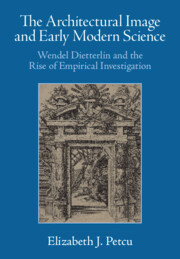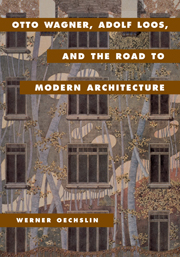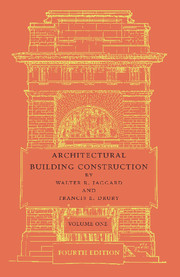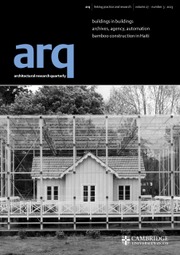The Architectural Image and Early Modern Science
The Architectural Image and Early Modern Science: Wendel Dietterlin and the Rise of Empirical Investigation explores how architectural media came to propel scientific discourse between the eras of Dürer and of Rubens. It is also the first English-language book to feature the polymathic, eccentric, and long-misunderstood artist Wendel Dietterlin (c. 1550–1599). Here, Elizabeth J. Petcu reveals how architectural paintings, drawings, sculptures, and prints became hotbeds of early modern empiricism, the idea that knowledge derives from sensory experience. She demonstrates how Dietterlin's empirical imagery of architecture came into dialogue with the image-making practices of early modern scientists, a rapport that foreshadowed the intimate relationships between architecture and science today. Petcu's astute insights offer historians of art, science, and architecture a new framework for understanding the role of architectural images in the foundations of modern science. She also provides a coherent narrative regarding the interplay between early modern art, architecture, and science as a catalyst for modern empirical philosophy.
- Exposes the untold story of how architectural media became platforms for scientific and empirical thinking, providing readers with a unified narrative of interplay between the three fields (early modern art, architecture, and science) as a catalyst for modern, empirical philosophy
- It pioneers a method for examining the visual culture of early modern architecture as a nexus of art and science
- It is the first English book on Wendel Dietterlin, the foremost architectural thinker of the so-called 'German Renaissance'
Reviews & endorsements
'In this immensely learned and beautifully illustrated book, Elizabeth J. Petcu reveals the vast ambitions and stunning virtuosity of Wendel Dietterlin's architectural images. Petcu illuminates the protean nature of Dietterlin's work as he strove to realize for architecture the prestige and potential of artistic and natural philosophical inquiry. Working in the creative hothouse of Strasbourg with its unfettered experimentation by artisans and printers, Dietterlin raised architectural image-making to new epistemic status. The book is also a demonstration of Petcu's own virtuosity and the remarkable versatility of her scholarship – crossing languages, fields, and vast realms of scholarship with ease. Like its protagonist, her book is endlessly inventive.' Pamela H. Smith, Seth Low Professor of History, Columbia University
'This important and elegant book transforms our understanding of the relationship between architectural culture and empirical science. Through Petcu's exacting scholarship, Dietterlin's corpus has been revealed as a crucible of fertile invention, where design, observation, and fantasy meet. With its remarkable disciplinary and geographical breadth, transporting the reader from Vitruvian architects in Northern Europe to Inca sculptors of colonial Latin America, it should be essential reading for scholars of early modern art and science.' Alexander Marr, Professor of Renaissance and Early Modern Art, University of Cambridge
Product details
December 2024Adobe eBook Reader
9781009422499
0 pages
This ISBN is for an eBook version which is distributed on our behalf by a third party.
Table of Contents
- Editorial note
- Acknowledgements
- Introduction: the renaissance of architecture as art and science
- 1. Architecture's figural turn
- 2. Devising the Architectura: rationalism and empiricism in architectural design
- 3. Drafting the Architectura: drawing as research in art, architecture, and science
- 4. Printing the Architectura: architectural etching becomes alchemical inquiry
- 5. Dissecting the Architectura: anatomy, ornament, and the limits of figuration
- 6. Deconstructing the Architectura: enduring matter and transient forms in Peru
- Conclusion: the death and the life of the architectural image
- Selective bibliography
- Index.








